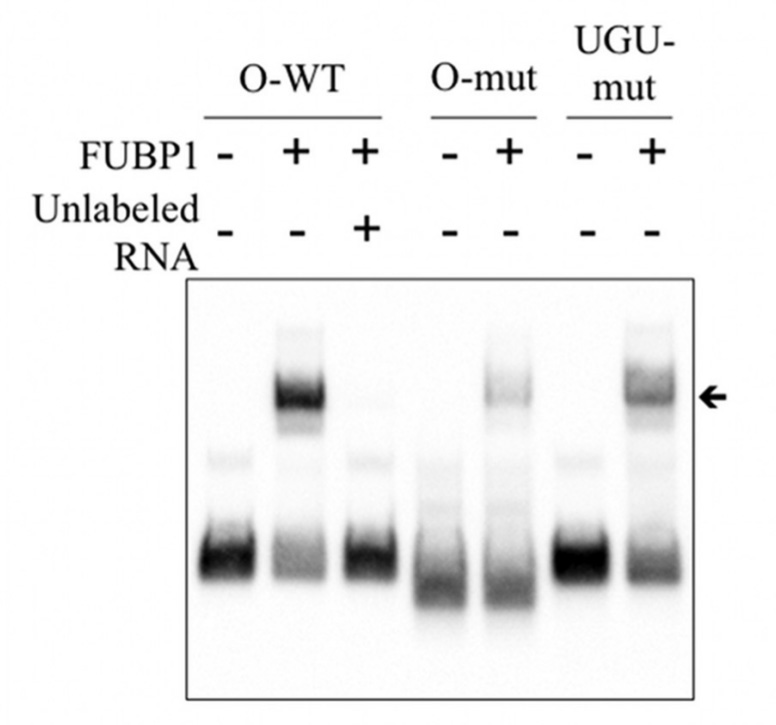FUBP1 (NM_003902) Human Recombinant Protein
CAT#: TP315674
Recombinant protein of human far upstream element (FUSE) binding protein 1 (FUBP1)
Specifications
| Product Data | |
| Species | Human |
| Expression Host | HEK293T |
| Expression cDNA Clone or AA Sequence |
Recombinant protein was produced with TrueORF clone, RC215674. Click on the TrueORF clone link to view cDNA and protein sequences.
|
| Tag | C-Myc/DDK |
| Predicted MW | 67.4 kDa |
| Concentration | >50 ug/mL as determined by microplate BCA method |
| Purity | > 80% as determined by SDS-PAGE and Coomassie blue staining |
| Buffer | 25 mM Tris.HCl, pH 7.3, 100 mM glycine, 10% glycerol |
| Bioactivity | EMSA assay (PMID: 25662218) |
| Preparation | Recombinant protein was captured through anti-DDK affinity column followed by conventional chromatography steps. |
| Storage | Store at -80°C. |
| Stability | Stable for 12 months from the date of receipt of the product under proper storage and handling conditions. Avoid repeated freeze-thaw cycles. |
| Reference Data | |
| RefSeq | NP_003893 |
| Locus ID | 8880 |
| UniProt ID | Q96AE4 |
| Cytogenetics | 1p31.1 |
| Refseq Size | 2884 |
| Refseq ORF | 1932 |
| Synonyms | FBP; FUBP; hDH V |
| Summary | The protein encoded by this gene is a single stranded DNA-binding protein that binds to multiple DNA elements, including the far upstream element (FUSE) located upstream of c-myc. Binding to FUSE occurs on the non-coding strand, and is important to the regulation of c-myc in undifferentiated cells. This protein contains three domains, an amphipathic helix N-terminal domain, a DNA-binding central domain, and a C-terminal transactivation domain that contains three tyrosine-rich motifs. The N-terminal domain is thought to repress the activity of the C-terminal domain. This protein is also thought to bind RNA, and contains 3'-5' helicase activity with in vitro activity on both DNA-DNA and RNA-RNA duplexes. Aberrant expression of this gene has been found in malignant tissues, and this gene is important to neural system and lung development. Binding of this protein to viral RNA is thought to play a role in several viral diseases, including hepatitis C and hand, foot and mouth disease. Alternative splicing results in multiple transcript variants. [provided by RefSeq, Dec 2014] |
| Protein Families | Stem cell - Pluripotency, Transcription Factors |
Documents
| FAQs |
| SDS |
Resources
Recombinant Protein Resources |
Other Versions
| SKU | Description | Size | Price |
|---|---|---|---|
| LC418358 | FUBP1 HEK293T cell transient overexpression lysate (as WB positive control) |
USD 121.00 |
|
| LY418358 | Transient overexpression lysate of far upstream element (FUSE) binding protein 1 (FUBP1) |
USD 396.00 |
|
| PH315674 | FUBP1 MS Standard C13 and N15-labeled recombinant protein (NP_003893) |
USD 2,055.00 |
{0} Product Review(s)
Be the first one to submit a review






























































































































































































































































 Germany
Germany
 Japan
Japan
 United Kingdom
United Kingdom
 China
China



